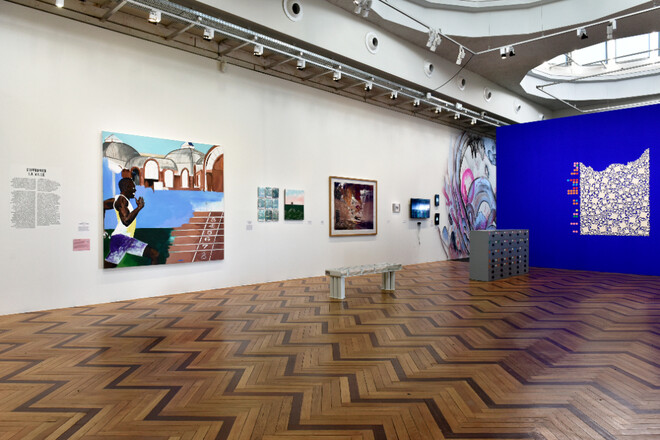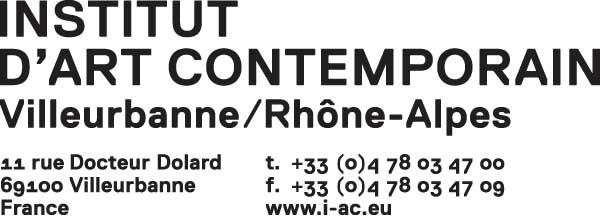Loan of the work from the IAC Collection, Villeurbanne/Rhône-Alpes :
Georges Rousse, sans titre (Villeurbanne), 1982
Georges Rousse, sans titre (Villeurbanne), 1982
Banlieues chéries (Beloved Suburbs), 11/04/2025 to 17/08/2025, Musée national de l’histoire de l’immigration, Palais de la Porte dorée, Paris, France
As gateways to the big cities, suburbs are often perceived through reductive prisms. The term itself covers a wide variety of realities, often reduced to the opposition between so-called peaceful residential housing estates and long-criticized large-scale housing projects. Yet the suburbs reflect the social and cultural richness that is part of France's history.
Bringing together over 200 archive documents, paintings, installations, videos, photographs and testimonials, the exhibition explores these cherished suburbs as places of memory and transmission. From the red belt to the “banlieue crisis”, via the construction of large-scale housing estates, the exhibition presents a multiplicity of viewpoints from the late 19th century to the present day.
This exhibition and the accompanying program are part of the Palais de la Porte Dorée's commitment to combating preconceived ideas through an accurate understanding of history and contemporary social and political issues.
As gateways to the big cities, suburbs are often perceived through reductive prisms. The term itself covers a wide variety of realities, often reduced to the opposition between so-called peaceful residential housing estates and long-criticized large-scale housing projects. Yet the suburbs reflect the social and cultural richness that is part of France's history.
Bringing together over 200 archive documents, paintings, installations, videos, photographs and testimonials, the exhibition explores these cherished suburbs as places of memory and transmission. From the red belt to the “banlieue crisis”, via the construction of large-scale housing estates, the exhibition presents a multiplicity of viewpoints from the late 19th century to the present day.
This exhibition and the accompanying program are part of the Palais de la Porte Dorée's commitment to combating preconceived ideas through an accurate understanding of history and contemporary social and political issues.


